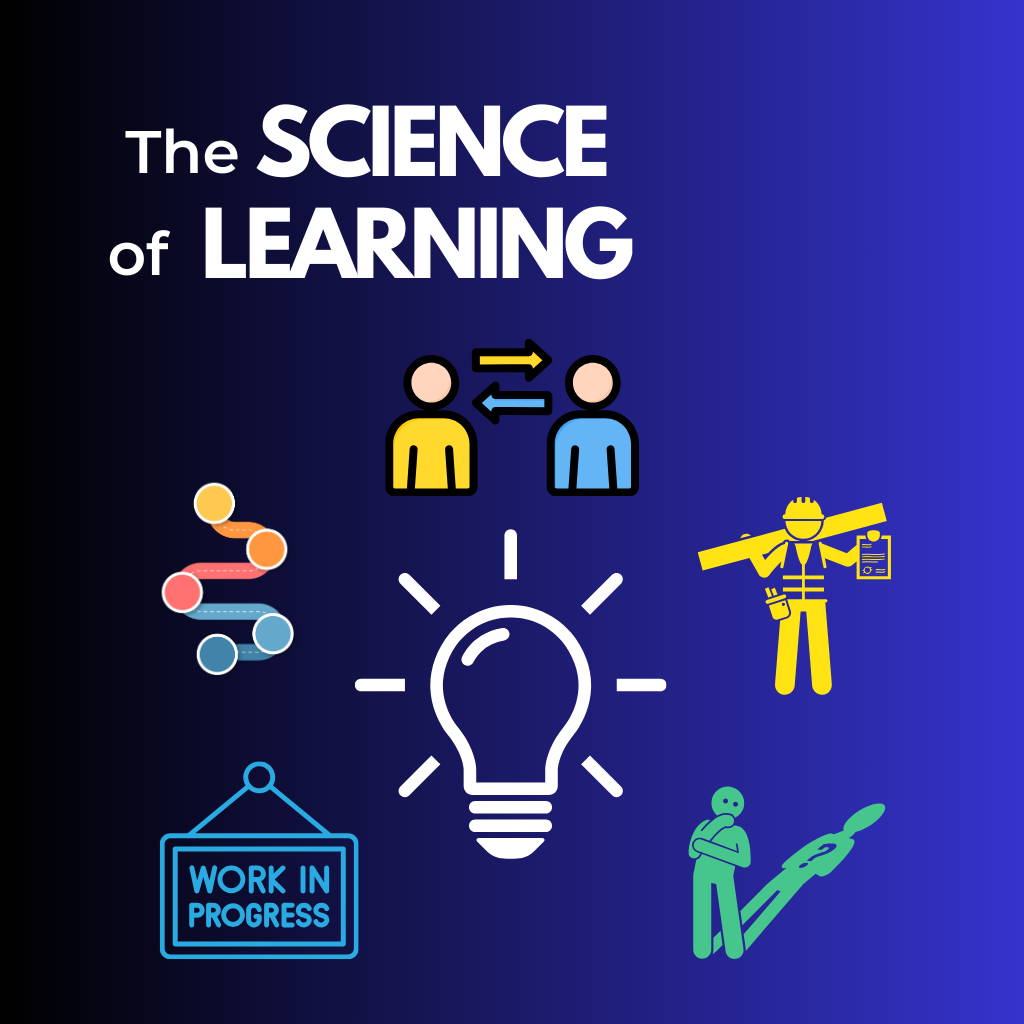Gamification in eLearning is the addition of game-like elements to an eLearning course with the intention of providing a more fun and enjoyable experience for the learners. “It’s about taking elements that make games engaging, motivating, or educational, and incorporating those into the learning experiences you design” (Karaolis, 2021). Gamification can be used to increase learners attention and to increase the effectiveness of an eLearning program.
What does Gamification look like?
Gamification can be added in multiple different forms and there are endless options for gamifying the eLearning experience for your learners. Gamification can be an interactive experience that encourages the learner to apply their knowledge, or it may be a reward for completing coursework. The process adds an element of fun to the online education system, which helps to increase the learner’s engagement and motivates them too (Ather, 2022). Adding an interactive scenario or gam e to have learners complete tasks or answer questions is a fun way to drive learning. You may also add gamification in the form of points or badges awarded to learners. This extra incentive will encourage learners to complete courses and participate in extra activities.
e to have learners complete tasks or answer questions is a fun way to drive learning. You may also add gamification in the form of points or badges awarded to learners. This extra incentive will encourage learners to complete courses and participate in extra activities.
What are the Benefits of Gamification?
Depending on how gamification is applied, one form of gamification can provide various benefits.
Gamification motivates learners; for example, If a scoreboard is displayed publicly, learners will be motivated to compete with one another by completing courses on time, scoring high on quizzes, or participating in additional activities. Providing rewards such as badges or a point system also encourages learners to complete coursework, “The added reward, even if it is intangible, can encourage better listening and observation” (Gatto, 2020).
In addition to motivating learners, gamification increases engagement. Providing a challenge or a competition will increase engagement by evoking an emotion from the learner. Learners will also be more engaged through interactive experiences that encourage them to participate in activities. “Additionally, many people learn by doing better than they can by watching a video or listening to someone tell them what to do” (Gatto, 2020). Increased success rates come hand-in-hand with engagement as learners are more attentive and are actually participating in the learning process.
Gamification can provide a more enjoyable learning experience for the learner. Providing an engaging and interactive learning experience is the best way to increase success rates. There are a variety of ways to incorporate gamified elements into an eLearning program. Contact Emerge ID to see how gamification can be added into your eLearning program!
Ather, M. S. (2022, June 29). How can e-learning benefit from using gamification?: ATD. www.td.org. Retrieved August 3, 2022, from https://www.td.org/atd-blog/how-can-e-learning-benefit-from-using-gamification
Gatto, S. (2022, February 22). The influence and effectiveness of gamification in Elearning. TechnologyAdvice. Retrieved August 3, 2022, from https://technologyadvice.com/blog/human-resources/gamification-elearning/
Karaolis, S. (2022, July 26). 4 engaging examples of gamification in Elearning. Elucidat. Retrieved August 3, 2022, from https://www.elucidat.com/blog/gamification-in-elearning-examples/






